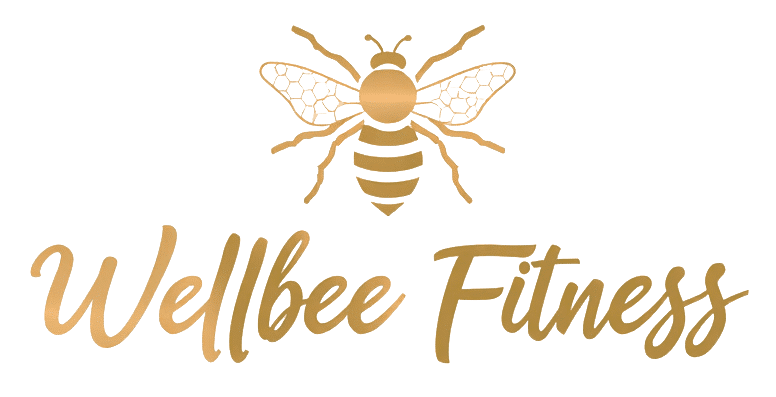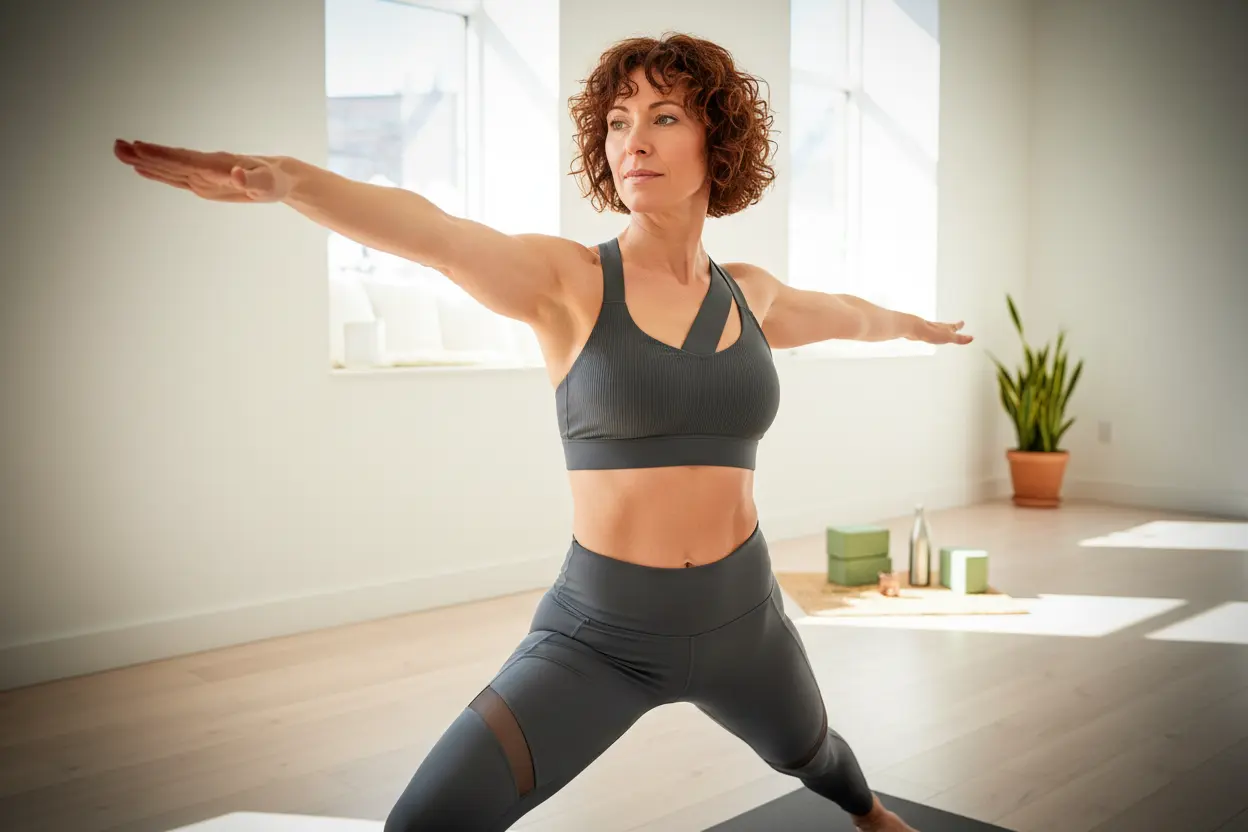Is your daily plank habit a ticket to better fitness, or are you wading into a well-intentioned trap? With planking (also called core bracing) now a daily routine for gym lovers and would-be champions alike, it’s time to face the question: is doing planks every day the body-boosting miracle it’s hyped up to be — or could it go wrong faster than your willpower on leg day?
Planking: More Than Just a Stiff-as-a-Board Challenge
Planking isn’t just a fleeting social media challenge or a fancy way to test your trembling arms. It’s a popular practice embraced by fitness rookies and seasoned athletes, and for good reason: the long list of perks includes a stronger core, better posture, and even some injury prevention. According to Clémentine Catton, a sports coach based in Paris, planking works as a gentle yet deep core-strengthening method. Unlike regular crunches, which sometimes take a toll on your back or pelvic floor, planking targets deep muscles in a smooth, controlled fashion — no jarring movements, no undue pressure on internal organs.
When done properly, the core works in harmony, supporting your posture and lumbar region, giving the whole body a more solid frame. Even the pelvic floor is protected, helping you dodge issues like organ prolapse or incontinence that crop up from poorly chosen exercises. But does this mean you should plank every single day? And how do you get it right, without grimacing to the finish line?
Should You Plank Every Day?
The verdict from Coach Catton is clear: daily planking is recommended. Why? Our increasingly sedentary lifestyles—think hours perched on chairs and screens—mean that the pelvic region isn’t getting much action. A daily plank can help activate and tone the entire area around your buttocks and belly.
- Planks are low-impact: no unnecessary pounding on joints.
- Accessible to all: whether you’re a first-timer or a core warrior, there are variations to suit every fitness level.
- No harmful strain on the body if done properly.
So, not only is it easy to add to your daily routine, it’s also safe for almost everyone. No danger here — at least, not if you’re doing it right!
The Benefits: Core Muscles, Posture, and More
The true magic of planking goes beyond a sore stomach. The exercise brings a broad range of benefits, including improved posture and greater stability. It’s especially effective in easing back pain, notably around the lower back region. As Catton points out, planking targets the transverse abdominis—a natural « belt » running from your lower back to your pubic bone. Regular training will tighten and tone this area, and in time, could even help you achieve a slimmer waist.
Before you get too giddy imagining overnight six-packs: planking on its own isn’t a fat-burning miracle. To lose body fat, it needs to be combined with more intense physical activity and, yes, a healthy diet. Sorry, but there’s no getting around the salad here.
One less-talked-about benefit: planking strengthens the pelvic floor. For women experiencing urinary leakage, for instance, regular planks can boost muscle tone and provide much-needed support for the bladder. It’s a gentle solution for a problem that’s more common than most realize.
Getting It Right: Adapt, Modify, and Reap the Rewards
While planking is broadly free from risks or restrictions (with rare exceptions, such as post-surgery), technique is everything. The golden rule, Catton says, is adaptation. There’s a plank variation for every level, and good positioning is your ticket to staying pain-free — and motivated. Correct form not only keeps injuries at bay, but also makes it more likely that you’ll see results sooner. Who doesn’t love a little instant gratification?
Static or dynamic, with weights or resistance bands—the range of plank styles keeps things fresh. For beginners, the classic elbow plank (elbows and forearms on the ground, back straight, like a human coffee table) is a great entry point. As you progress, drop your knees to the ground or shift to a plank on your hands, depending on your ability and ambition.
- Classic elbow plank: beginner-friendly and stable.
- Knees down or hands up: adjust according to your level.
- Static or dynamic options, even with extra resistance.
Bottom line? Daily planking, when done with good form and at the right level for you, is a safe, accessible, and effective way to strengthen your body inside and out. While it won’t melt fat on its own, it supports better posture, a toned waist, and a stronger pelvic floor—reasons enough to make it a daily habit. So roll out your mat, get into position, and remember: it’s not about outlasting everyone else — it’s about building yourself up, one plank at a time.

John is a curious mind who loves to write about diverse topics. Passionate about sharing his thoughts and perspectives, he enjoys sparking conversations and encouraging discovery. For him, every subject is an invitation to discuss and learn.






